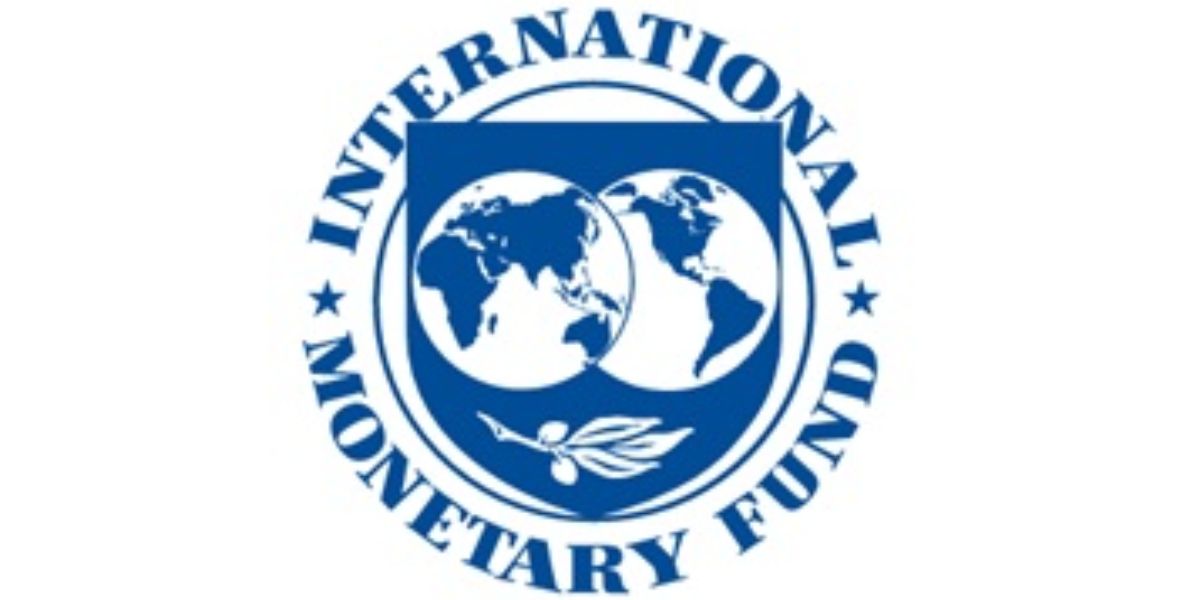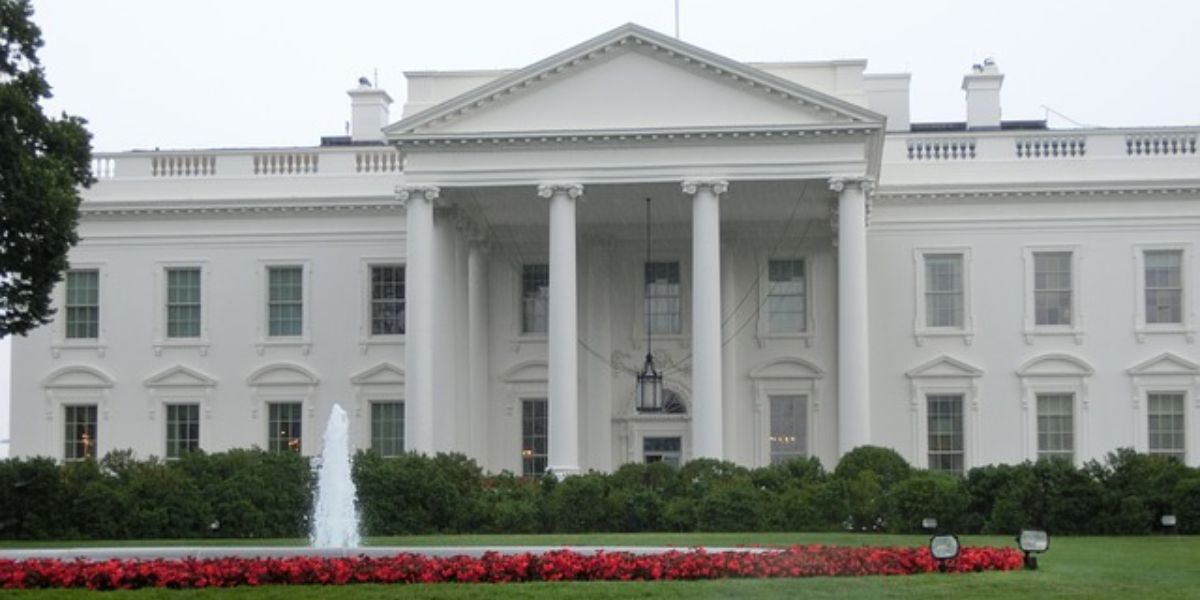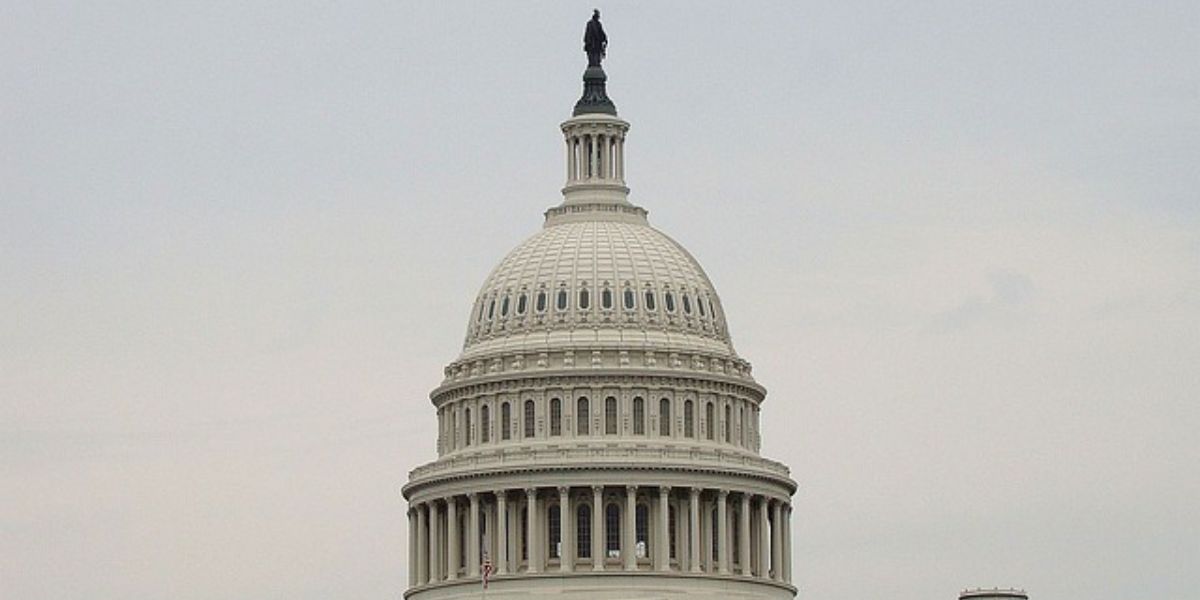In the briefing on the latest World Economic Outlook on 17 January 2024, the Director of the IMF’s Research Department confirmed that global growth is projected to remain steady at 3.3% in 2025 and 2026. Globally, inflation is expected to decline to 4.2% in 2025 and 3.5% in 2026. The estimated economic growth in the US is now higher than previously projected, while the growth projection for the Euro zone has been revised downwards. Higher uncertainty about trade policy will lead to reduced demand in many countries, including China which is projected to reach 4.6% growth in 2025.
Economic policy uncertainty has increased as newly elected governments are likely to introduce new policy initiatives. These risks could increase divergences between countries. There is a risk that the euro area could grow more slowly than projected, due to weak momentum in manufacturing and fiscal vulnerabilities in some of the Euro area countries. The risks for China are also to the downside as the economy is at risk of a debt deflation trap, which could reduce economic activity.
Potential policy shifts under the new US administration could give rise to risks. A further fiscal stimulus, or a confidence boom fuelled by expected deregulation, could increase both output and inflation in the near term. Higher tariffs or curbs on migration would add to price pressures. Higher inflation would prevent the Federal Reserve from cutting interest rates.
In the medium term, the risks for the US are more to the downside. Limits on migration and protectionist policies could reduce potential output. The initial positive effect of a fiscal expansion will decrease over time, and the associated increase in public debt could lead to further vulnerabilities later. Deregulation could increase output and spur innovation; but could also increase financial vulnerabilities.
Generally, central banks should be ready to act forcefully if inflation increases, and they should monitor the build-up of financial risks. Fiscal buffers need to be restored, but in a way that preserves economic growth. Countries should continue to seek ways to improve growth by focusing their efforts on ambitious structural reforms that will help better allocate resources, increase government revenues and foster innovation and competition. It is also important to preserve and improve multilateral institutions to help unlock a more resilient and sustainable global economy.
High public debt is a source of concern. Public debt levels increased significantly in many countries during the pandemic and then the surge in energy and food prices. Countries introduced measures to protect households and businesses from these price surges, but there was a fiscal cost. In a number of countries, the debt-to-GDP ratios are decreasing, but generally debt levels remain elevated and in some countries they are starting to increase again.
This is a concern because there are much higher interest rates, and in the bond markets there is an increase in the ten-year yields. There are relatively lower growth rates, reducing the capacity to generate tax revenues. This limits the capacity for economies to grow and then absorb the debt. If markets lose confidence, then the government can find it very challenging to maintain public finance on a sound course. Countries will therefore be on much safer ground by bringing down their debt-to-GDP levels.















